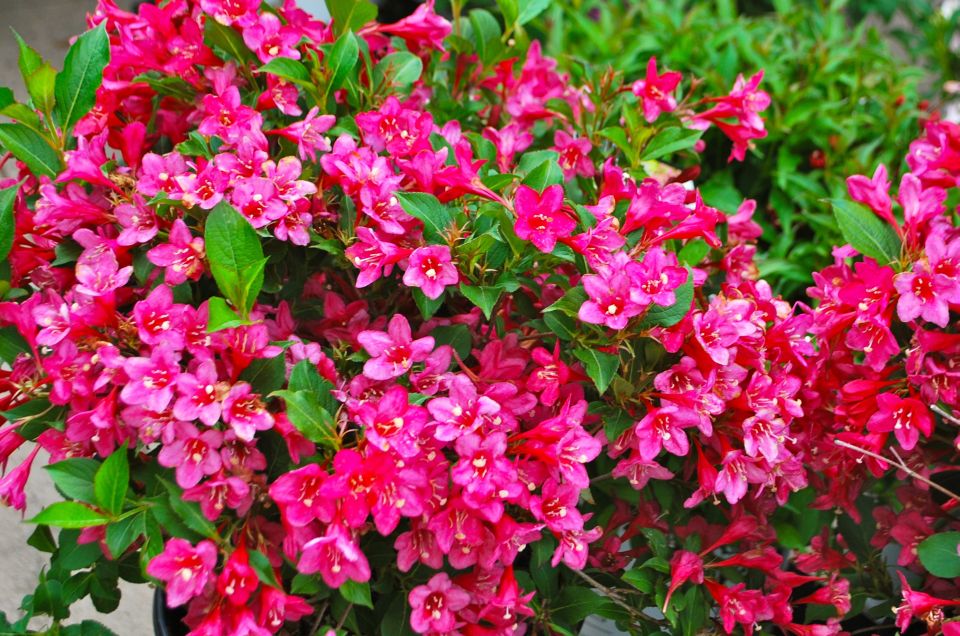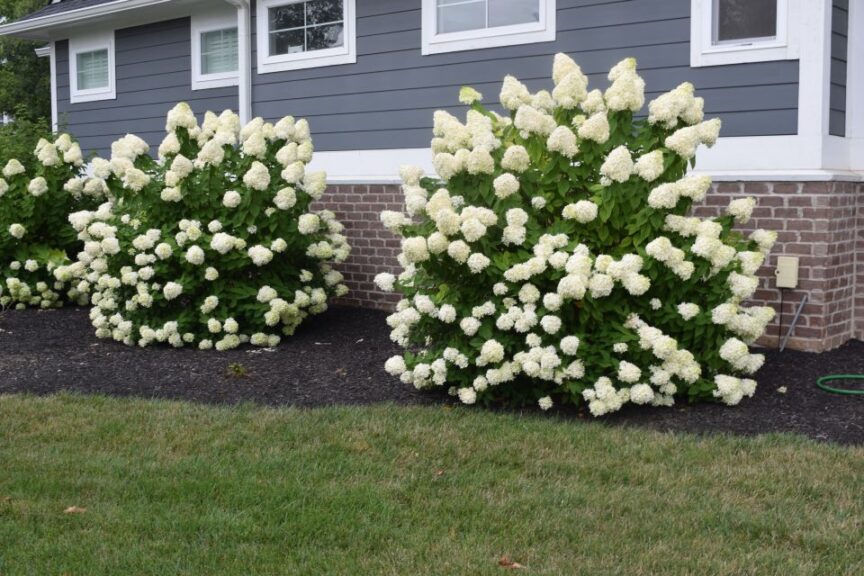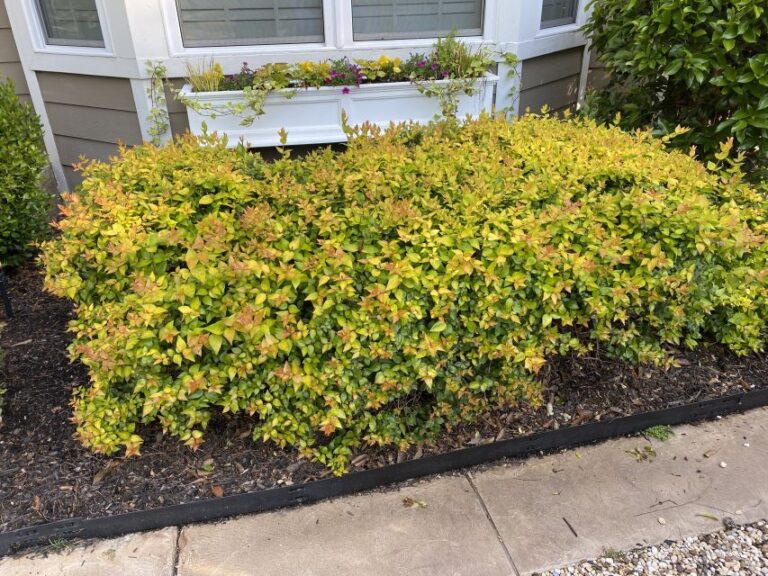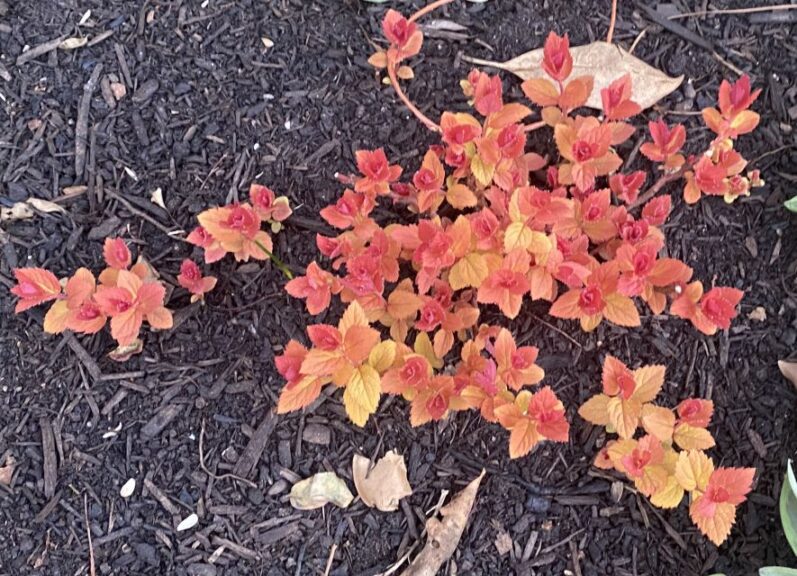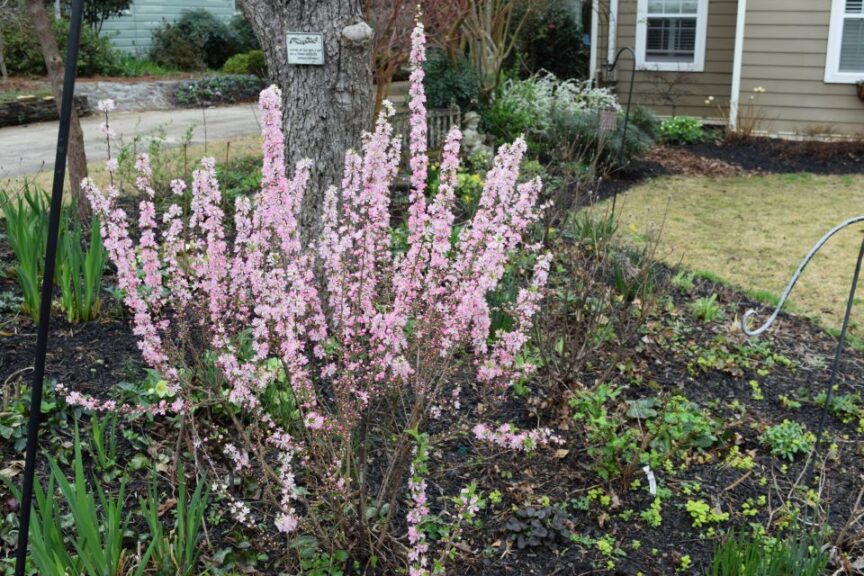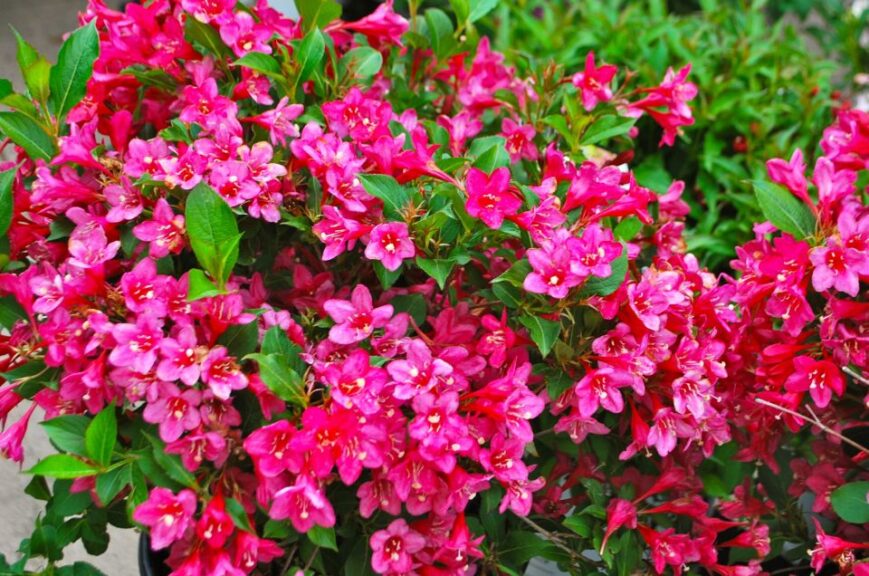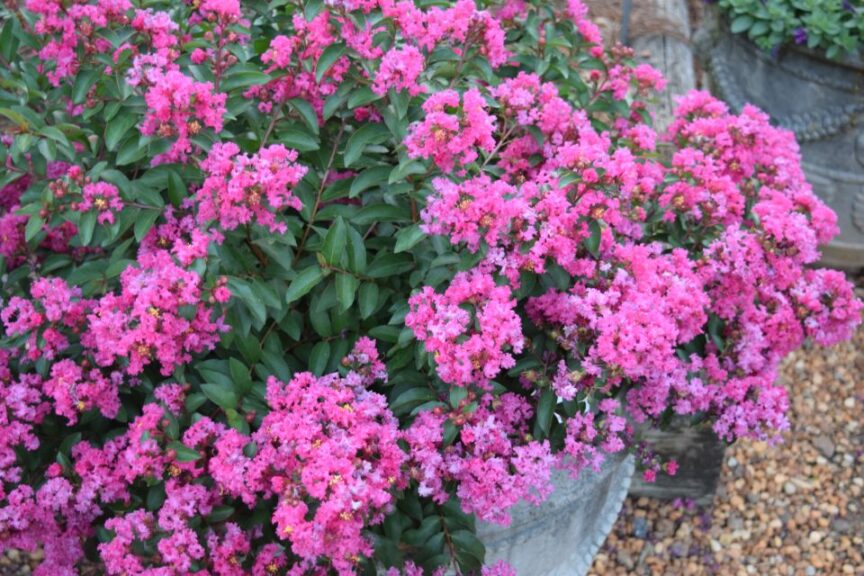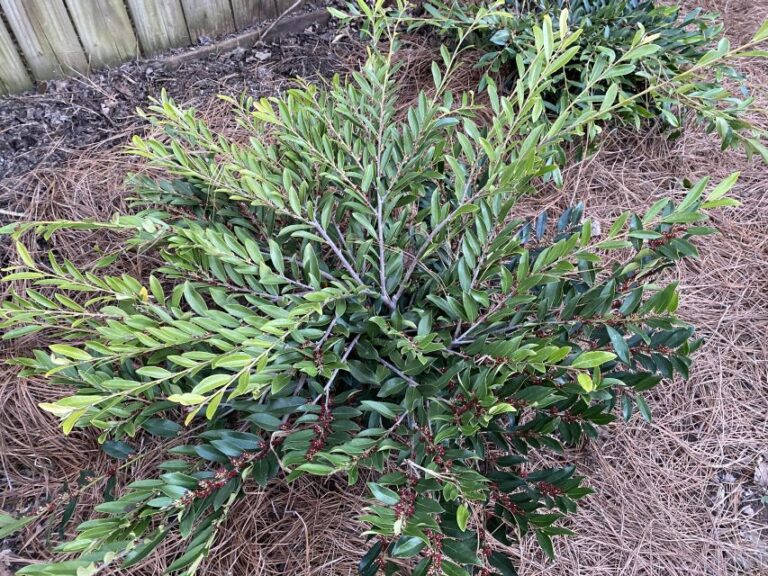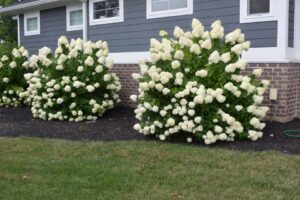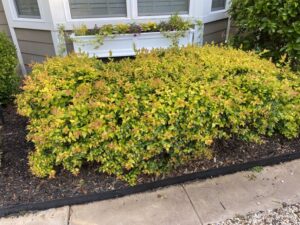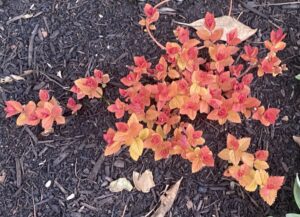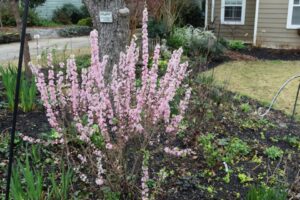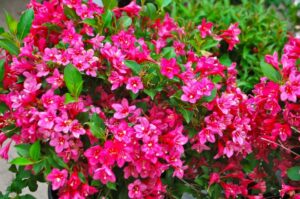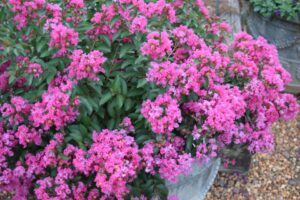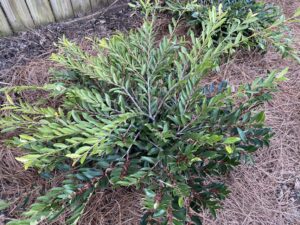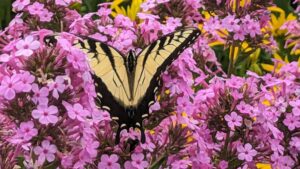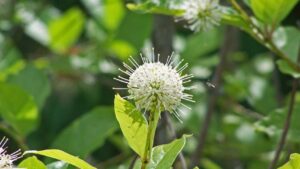Allan Armitage on Why Low-Maintenance Shrubs Are Trending in Popularity
The big three for most nursery, greenhouse, and garden center programs are annuals, perennials and now, more than ever, shrubs. Shrubs used to be the bailiwick of woody plant nurseries and in the old days, herbaceous and woodies were seldom seen under the same growing roof. This month, allow me to follow up my comments on annuals and share my thoughts on shrubs.
Trends in Shrubs
Landscaping and gardening consists of hardscapes and plants. Walkways, water features, and stone works are installed because they add interest, beauty, and functionality. Color and beauty are the reasons we use annuals and perennials. Shrubs, as colorful and handsome as they are, add one more function — lower maintenance.
The realization that greenhouse and herbaceous nursery crops can and must coexist with woody plants has been coming for a long time. Over the last five to eight years, I have chatted with dozens of historically woody plant nursery people about what perennials they should incorporate in their new herbaceous program.
The same trend for greenhouse and perennial nursery people to embrace shrubs has been a little slower, but is now all around us. Of course, growing conditions for woody shrubs and perennials are different, but good growers quickly figure out timing, spacing, and production cycles for the shrubs they bring in.
For shrubs, differences in cold hardiness, thus usefulness, often determine whether a plant is to be grown. If one’s market is in the north, perhaps red twig dogwood is an obvious choice, whereas Distylium would not be on a nursery list in Maine.
As with annuals and perennials, there were absolute no-brainers as well as many choices that could go on the A-list as well as the backup list. Here are a few choices that I see most nursery and greenhouse people thinking about. As always, there are dozens of cultivars and those I mention happen to be my favorites — your choice may be entirely different.
No-Brainer Shrubs
- The ubiquitous hydrangea: The hills are alive with hydrangeas, both mopheads (H. macrophylla) and panicle (H. paniculata) forms. They are a bit like heuchera and echinacea — new ones arise every year, each one better than the one before. Hydrangeas also benefit from the excellent marketing in trade and consumer sites.
- Abelia: This is one of the finest plants for hillsides and landscape planting. Those with variegated and otherwise colorful foliage are easy sales. ‘Canyon Creek’ and ‘Kaleidoscope’ are two favorites.
- Deutzia: Introductions of Deutzia, such as ‘Yuki Cherry Blossom’ and ‘Chardonnay Pearls’, have revolutionized this plant.
- Spiraea: The old-fashioned hedge plant and foundation standby has been reinvented with golden leaves (‘Golden Elf’) and spectacular foliage (‘Double Play Candy Corn’). The flowers are fine, but the foliage is what sells.
A-list Shrubs
- Flowering Almond: This shrub (Prunus glandulosa) flowers about the same time as the new hellebores — early. It looks good in a container and can be sold early.
- Weigela: In some areas, this is as popular as many of those listed above but almost unheard of in others. Selections with dark foliage are easier sells, but when in flower, they are impossible to keep in the nursery. Sonic Bloom Series is my favorite.
- Forsythia does not have a problem with name recognition, but plants tend to flower very early, leaving behind a rather boring plant. However, in the North, there are very few gardens without forsythia.
- Crape Myrtle: While crapes are best known as a southern tree, the shrubby, dwarf crape myrtle is making inroads with landscapers for garden beds and containers. ‘Cherry Dazzle’ and ‘Cherry Delight’ are two of my favorite dwarf shrubs. They are not reliably hardy north of Zone 6.
- Distylium: As mentioned above, this is not for growers in the North or Midwest, but the need for reliable “green things” in the rest of the country (Zone 7, south) keeps growing. Numerous forms are available.
For easy to access information on all plants, I recommend Armitage’s Great Garden Plants App.




